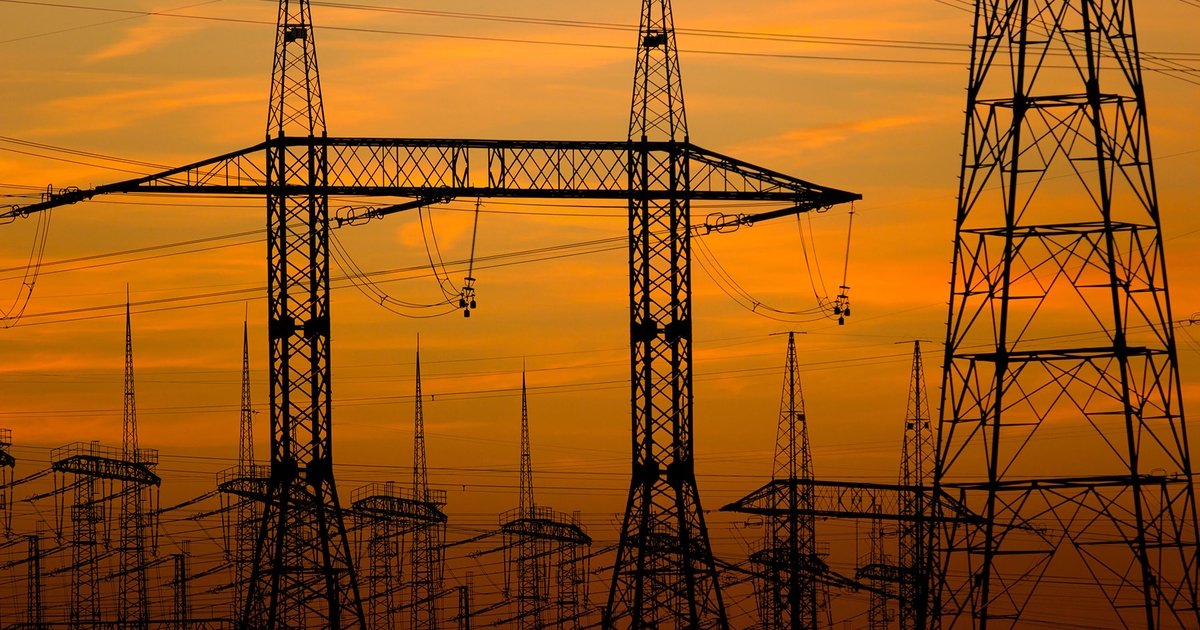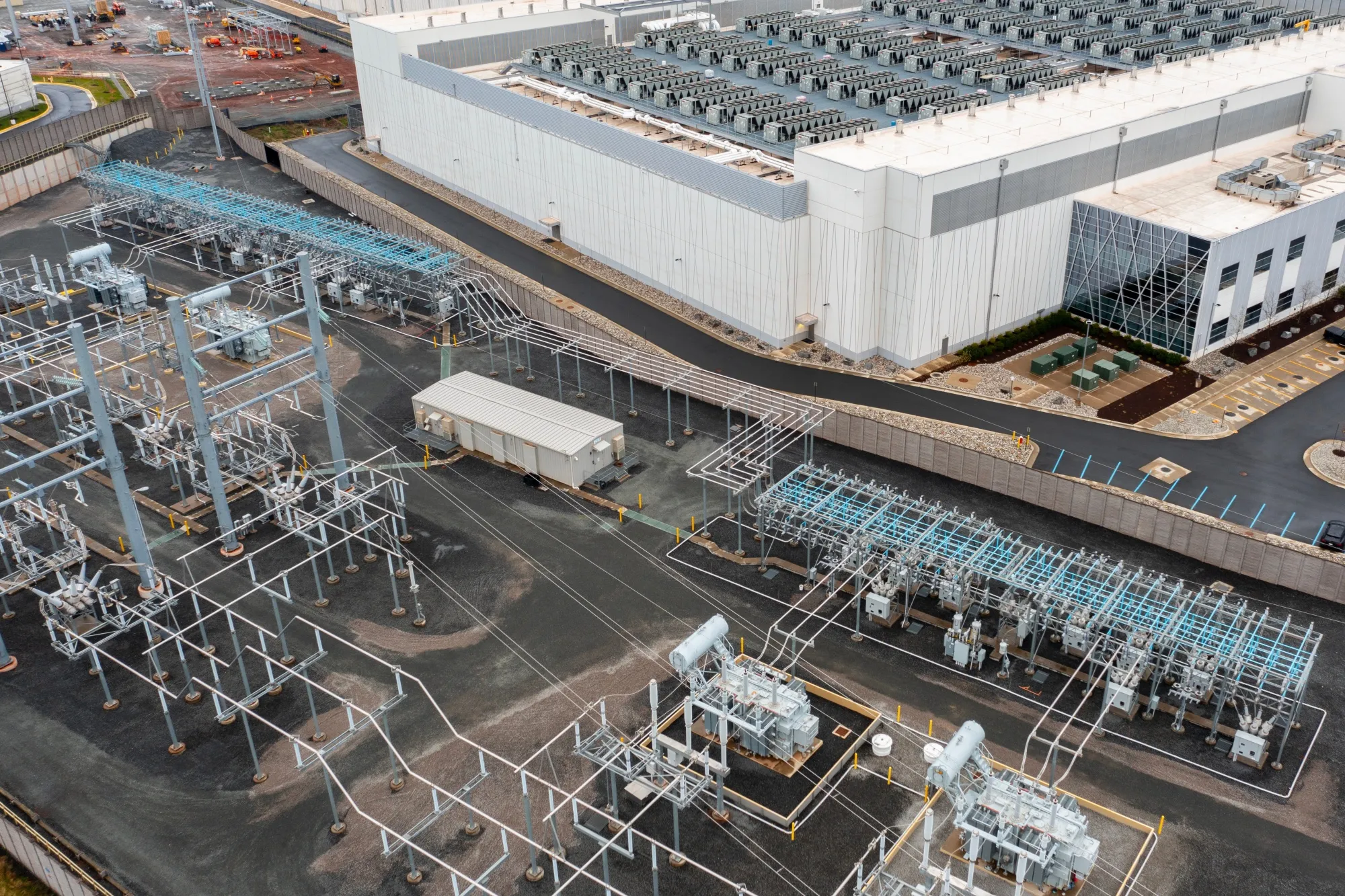Somewhere in Virginia’s “Data Center Valley,” rows of machines hum with relentless precision — blinking, cooling, processing. From the outside, they look like oversized shipping containers stacked in a field. Inside, though, they house the raw power of our digital world. This is where our curiosity lives. Every time we ask a question, generate a photo, stream a movie, or fire off an AI prompt, these machines spring into action. And with every digital “yes,” a physical cost unfolds — one we rarely think about.
Joanna Stern of The Wall Street Journal tried to answer a deceptively simple question: how much energy does it take to use AI? Not broadly. Not in theory. But how much power is burned just to make a single AI-generated video, or answer a prompt like this one? To find out, she visited one of the nerve centers of the digital economy — a place where servers don’t sleep and electricity flows like water in a desert.
The answer is jarring. By 2028, data centers — many of them powered by AI — could consume as much as 12% of the United States' total electricity. That’s more than most countries use today. And while we marvel at the frictionless ease of digital life, behind the screen is a voracious appetite for power. The metaphor Stern lands on — grilling a steak to symbolize the energy used in a few seconds of AI processing — isn’t just catchy. It’s necessary. Because abstraction is the enemy of urgency.

Data Center Energy Consumption

Related article - Uphorial Sweatshirt

WSJ
But this isn’t a story about energy bills. It’s a story about disconnection. Somewhere along the way, technology convinced us that virtual meant weightless. The cloud floated. That data was ethereal. But it isn’t. It lives in machines that heat up like engines and need to be cooled by massive industrial systems. It’s backed by turbines, transmission lines, and fossil fuel reserves. Digital life, it turns out, is anything but immaterial.
The engineers and executives building these data centers aren't oblivious to the paradox. Many are racing to build with renewable energy, to make more efficient cooling systems, and to use less water. There’s innovation — yes — but there’s also scale. AI isn’t just another app; it’s a revolution in demand. Generative models require exponential computing power. One prompt may feel like a whisper. But multiply that by billions of queries every day, and it becomes a roar.
And so the question we should be asking isn’t just how we power AI, but what kind of intelligence we want to build — and at what cost. This is where it gets personal. Because each of us is part of the system. Every search, every click, every AI-assisted decision adds to the load. We’ve come to expect speed, intelligence, and personalization without pause. But rarely do we ask what fuels those luxuries. Or who pays the bill when the grid groans?
There’s no single villain here. No evil machine plotting to drain the planet. Just a cascade of choices — made by companies, governments, engineers, and yes, users like you and me. The solution, if there is one, lies in making the invisible visible. Seeing that our digital footprints leave a carbon trail. The cloud has a shadow. Pressing “enter” is not neutral.
Maybe the stake metaphor is too simple. Maybe what we need is a deeper shift — to design AI not only to be smarter, but to be more conscious. Less greedy. More accountable. Maybe the next frontier of artificial intelligence is not better answers, but wiser questions.
Because if we’re going to wire the world with thinking machines, we owe it to ourselves to think — think—about the energy that makes it all possible.



